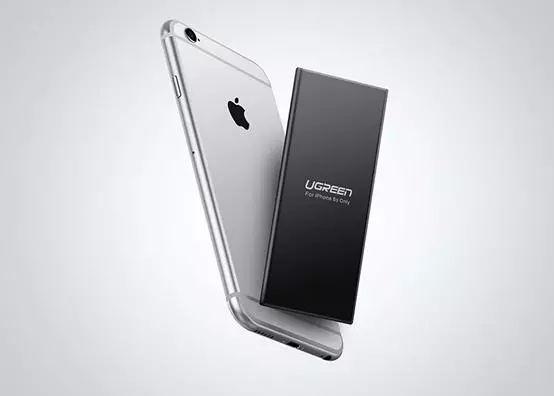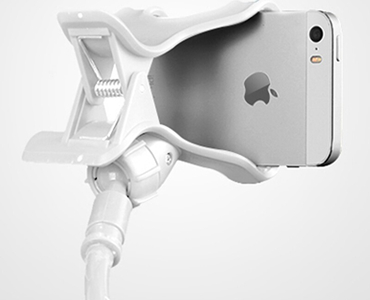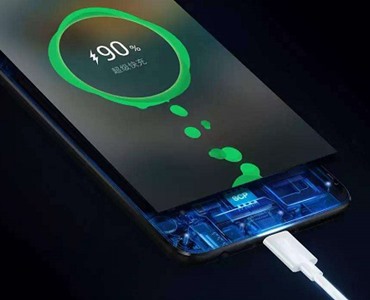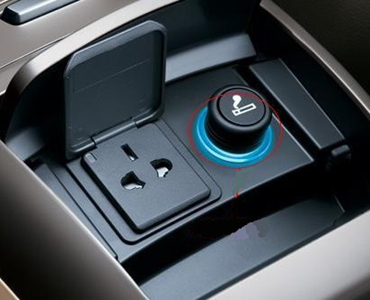351 views Yuda Electronic (HK) Technology Co.,Limited. 2021-01-12
Nickel-cadmium batteries and metal hydride batteries
Nickel oxide or nickel hydroxide is the positive electrode, potassium hydroxide or sodium hydroxide is the electrolyte, and cadmium or metal hydride is the negative electrode. Metal hydride batteries were developed in the late 1980s from the electrochemical reversibility of hydrogen absorbing alloys and the reaction of hydrogen release. It is the leading product of small secondary batteries.
Lithium Ion Battery
Lithium metal lithium or lithium compound as the active material of the battery is called lithium ion battery, which is divided into primary lithium ion battery and secondary lithium ion battery.
The battery that can insert and deintercalate lithium ions with carbon data can replace pure lithium as the negative electrode, the lithium compound as the positive electrode, and the mixed electrolyte as the electrolyte.

The data of the positive electrode of a lithium ion battery is generally composed of lithium active compounds, while the negative electrode is carbon with a special molecular structure. The common important component of positive data is LiCoO2. When charging, the electric potentials of the north, south, and north poles force the compound in the positive electrode to release lithium ions, and the negative electrode molecules are embedded in the carbon in a layered structure. During discharge, lithium ions are separated from the layered carbon and recombine with the positively charged compound. The movement of lithium ions presents an electric current.
Although the principle of chemical reaction is very simple, in practical industrial production, there are many practical issues to be considered: positive electrode data must adhere to repeated charging activities for additives, and negative electrode data must contain more lithium ions at the molecular structure design level; in The electrolyte filled between the positive and negative electrodes, in addition to stability, also has excellent conductivity to reduce the battery’s resistance.
Although the lithium-ion battery has almost no recall effect, its capacity will still decrease after repeated charging. This is mainly due to the changes in the positive and negative data itself. From a molecular level, the cavity structure of lithium ions on the positive and negative electrodes will gradually collapse and block. From a chemical point of view, it is the data activity passivation of the positive electrode and the negative electrode, and the secondary response is other compounds that are stable. There are also some physical conditions, such as the gradual stripping of the positive electrode data, which will eventually reduce the amount of lithium ions in the battery so that it can move freely during the charge and discharge process.
Overcharge and discharge constitute permanent damage to the electrodes of lithium-ion batteries. From a molecular level, it can be intuitively understood that anode carbon emissions will cause excessive release of lithium ions and their layer structure. Overcharge will cause too much The lithium ions are hardly plugged into the structure of the cathode carbon, and some lithium ions can no longer be released. This is why lithium-ion batteries are generally equipped with charge and discharge control circuits.
Fuel power battery
A device that uses fuel (such as hydrogen or hydrogen-containing fuel) and oxidizer (such as pure oxygen or oxygen in the air) to directly connect to generate electricity. It has the characteristics of high efficiency, electrochemical reaction conversion rate of more than 40%, and no pollution.

Cell phone accessories wholesale business can get high profits. But the market is fierce. Big bra...

Does fast charging reduce phone battery life? In order to allow everyone to understand this matt...

How to install the car charger: 1. Insert the USB power adapter into the car cigarette lig...